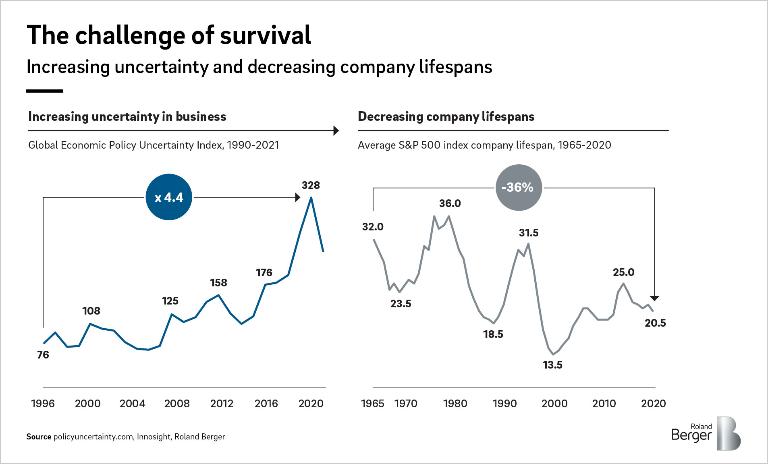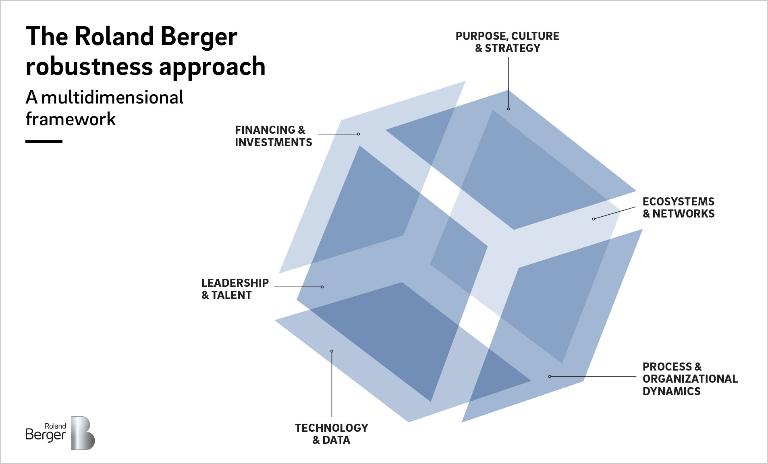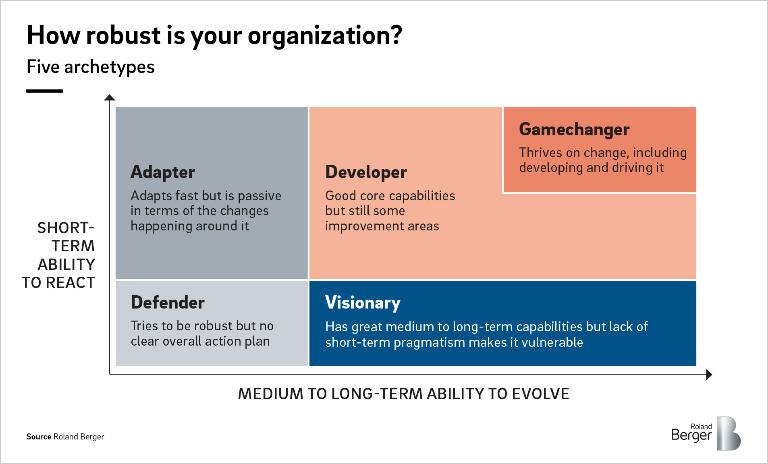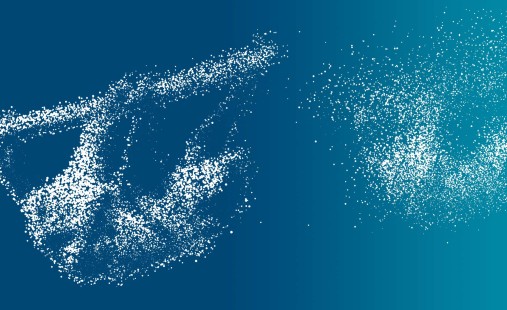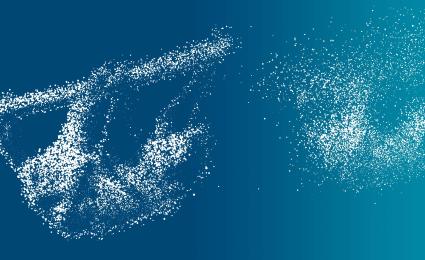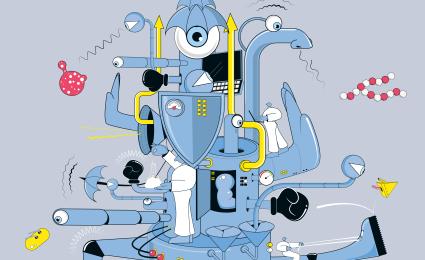How resilient is your organization? Use our tool to find out how you're doing in terms of robustness – and identify priorities for action.
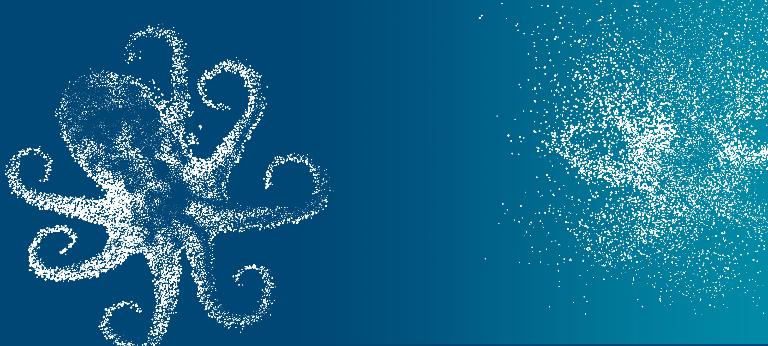

Robustness: Building all-weather organizations
The Roland Berger robustness approach: A multi-dimensional framework for achieving true resilience
In today's world of extreme turbulence and uncertainty, businesses have very little time to evaluate, decide and react to the changes happening around them. The complexity of the many different variables that need to be modeled make forecasting and advance planning almost impossible. How, then, can they ensure that they survive – and even thrive – amid the turmoil? At Roland Berger, we believe that the answer lies in a concept that goes beyond organizational principles or finding the "right" reaction to specific events or issues. Instead, we focus on a special type of resilience that we call robustness: the ability of organizations to adapt, develop and evolve, navigating uncertainty while preserving their functioning, competitive stance and long-term growth.
Between urgency and uncertainty
Modern organizations face a unique combination of challenges. On the one hand they have to deal with fundamental issues that call for urgency when it comes to taking action. In the area of climate change, for example, we are rapidly reaching tipping points, and natural disasters and extreme weather events are growing ever more frequent. This puts companies' business models, products, supply chains and value chains under pressure, requiring them to fundamentally realign both their operational and strategic decisions. At the same time, companies face the challenge of uncertainty, or different variables simultaneously influencing future scenarios. Even before COVID-19, the number of variables affecting organizations was growing at an unstoppable rate and the unprecedented level of uncertainty meant that planning how to deal with isolated events was no longer enough.
Caught between these two regions of high pressure – urgency and uncertainty – decision-makers in many companies in both the public and private sectors are asking themselves fundamental questions, from strategic issues and leadership matters to interrogations about supply chains, technology and networks. We believe that finding the answers to these questions is the key to making companies truly resilient, all-weather organizations.
The Roland Berger approach to robustness
"By working on the six dimensions of robustness, companies and public-sector organizations can build a strong core and rise to the challenge of a world in turmoil."
When it comes to building business robustness most organizational theories focus on specific ingredients of success, specific events or specific issues. Our approach is more holistic. It focuses on a special type of business resilience that we call robustness, which we identify as having six key dimensions.
The first dimension of true business resilience – or robustness – is purpose, culture and strategy. History shows that long-lasting organizations are driven by a shared purpose, culture and strategy: Purpose-driven brands, for example, grow much faster than others despite having to navigate times of crisis. The second dimension is leadership and talent. Inspiring leadership is essential for driving change and innovation while retaining resilience. And just as importantly, organizations with true resilience must be able to secure the talent that they require – something that is increasingly difficult in a transparent, global job market.
The third dimension of true business resilience is financing and investments, in particular having short-term liquidity, a capital buffer, a balanced long-term investment portfolio and fast allocation of financial resources. This enables organizations to act in times of growth as well as during a crisis, whether it be a financial crash or COVID-19. Fourth comes process and organizational dynamics. Rather than searching for the perfect organizational structure to ensure business resilience, companies should rely on clear rules to adapt their structural setup to the needs of the moment. Particularly important are strong support and business-platform functions that cut across different businesses.
Ecosystems and networks form the fifth dimension of business resilience. A well-established ecosystem that enables the organization to seize opportunities and leverage capabilities means that they can sense and anticipate innovation and upcoming disruption, while ecosystems, with their partnership networks and innovation hubs, make a key contribution to an organization's strategic development both in terms of its value proposition and in building its knowledge, talent and access to shared resources. Finally, in the area of technology and data, a clear digitalization strategy, modular supporting IT systems, clear business alignment and efficient data and information sharing can significantly speed up bottom-line optimization, top-line development, new operating models and products, the scaling of systems, technology-driven sensing and decision-making.
How robust is your organization?
To achieve true robustness organizations need to be able to both react in the short term and evolve in the medium to long term. The ability to react at short notice secures organizations against unexpected shocks, events and sudden crises (such as the COVID-19 pandemic) not picked up by the company's own radar. It protects the company's business and at the same time enables it to grasp opportunities and reshape its priorities around new value trajectories. The ability to evolve in the medium to long term is key for the company's long-term purpose and vision and its ability to explore opportunities and evolve dynamically over time.
Through our work supporting clients we have been able to identify a number of archetypes of organizations, differing in terms of their maturity with regard to that special type of resilience that we call robustness. We commonly encounter the following five archetypes, arranged here from least mature to most mature.
Defenders have multiple areas for improvement with regard to their ability to mitigate a crisis fast and their medium to long-term ability to evolve. They strive to achieve resilience but are still somewhat passive, lacking an overall action plan.
Adapters are great at reacting to a crisis in the short term, such as disruptive events, cyber-attacks, reputational issues or problems in the supply chain. However, they often lack medium to long-term vision and strategy. As a result they can be rather passive, simply reacting to the changes taking place around them rather than proactively trying to shape those changes.
Visionaries have a strong medium to long-term ability to evolve, focusing on ensuring a great company culture, strong leadership and other elements typical of future-oriented organizations. However, their vulnerability lies in their lack of short-term pragmatism.
Developers are on track to achieve true resilience. Overall, they have the necessary core ability to react to disruption in the short term and evolve in the medium to long term. However, a few areas for potential improvement remain. If they tackle these areas and improve their overall business resilience they could become Gamechangers.
Gamechangers have an excellent ability to react in the short term and evolve in the medium to long term. They thrive on change, actively developing and driving disruption as much as they react to it.
Four strategic recommendations
Organizations differ in their level of maturity with regard to true business resilience. But wherever you are on the road to resilience, and whether you are in the midst of a pandemic or living in a post-pandemic world, there are things you can do to help you progress. We have four key strategic recommendations for companies looking to improve their business resiliency and secure their business operations in the long term.
Register now to download the full study and learn how to challenge urgency and uncertainty at the same time. Also stay tuned for our regular updates of our innovation topic "Robust Organizations".

